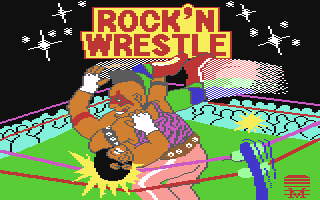
Best remembered for his Pavloada fast loader for speedy cassette loads that even allowed for sound and animations to play during the tape loading, Pavlumanolakos joined Beam in 1984 as a programmer. The first Pavloada was created overnight by Pavlumanolakos as demonstration of his skills for his job interview.
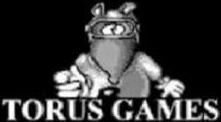
Bill McIntosh was working testing aircraft for Royal Air Force, a job he found rather dull, when in 1981 his wife bought him the new Sinclair ZX 81 for his birthday. He plugged it into a little black and white television and his life changed. From that moment onwards he would wake up early, stay up late and find any spare moment to program games. When the colour Sinclair Spectrum came out in the following year, programming became a true obsession.
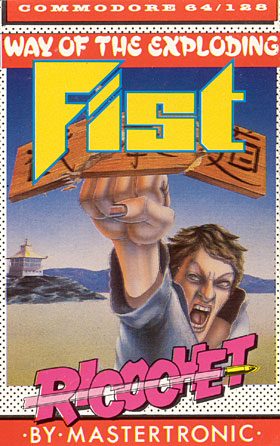
Bruce Bayley studied computer science at RMIT. He worked at Beam Software on games such as The Way of the Exploding Fist(1985) and Rock’n Wrestle(1985). This profile is yet to be completed. Contribute what you know and help to complete the Archive.
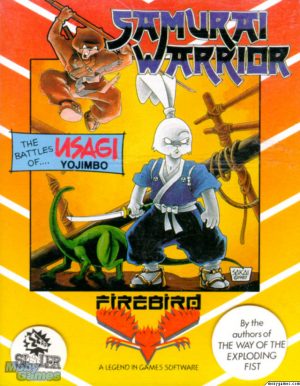
Doug Palmer joined Beam Software as a programmer and analyst in 1985 after completing a Physics degree at the University of Melbourne. Palmer first worked on the implementation of The Lord of Rings He also worked on Judge Dredd and Street Hassle for the C64. He is best remembered for his work on the design and coding for Samurai Warrior: The Adventures of Usagi Yojimbo.
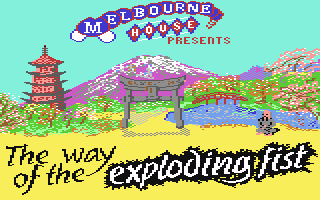
Greg Holland studied art at Bendigo College and went on to study at the Victorian College of Arts in Melbourne. Upon graduating, Holland got a job at Beam Software in Melbourne. When he joined Beam Software, the role of game artist was a position and career that previously had not existed.
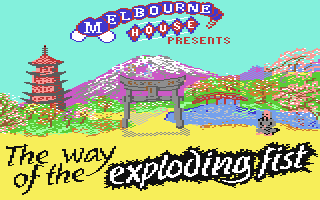
Gregg Barnett’s first job at Beam was to convert “The Hobbit” for to the Commodore 64 , and to create versions of “Hungry Horace” and “Horace Goes Skiing”. He went on to produce a more elaborate version of “The Hobbit” with sound and richer graphics in 1985 for by the Commodore 64 disk drive. With plenty of ideas for games of his own he put forward an idea for a martial arts game. “The Way of the Exploding Fist” which combined Barnett’s interests in sport simulation and interface design.

Brennan was responsible for the sound in all Beam Software games, composing much of it himself, from his arrival in 1983 till his departure in 1988.

Beams Software’s first non-programmer designer, Kidd was lead designer and producer on a number of Beam’s games of the 1980s including the post-apocalyptic action RPG Doc the Destroyer (1987), and the side scrolling adventure Samurai Warrior the Adventures of Usagi Yojimbo (1988). Kidd contributed to numerous micro computer games including the Exploding Fist series, Street Hassle(1987) and the idiosyncratic Aussie Game (1987-1990). She also worked on Beams new NES titles such as Airwolf (1988) based on the kids TV show of the eighties, and The Punisher (1990).
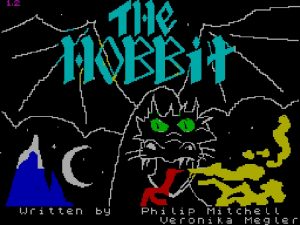
Mitchell is most celebrated for the complex parser he created for The Hobbit. He named the parser INGLISH and it was far more sophisticated than the two word commands that supported by the popular Scott Adams Adventure series. Mitchell’s parser allowed for complex commands to be typed in. Featuring a vocabulary of 800 words, it supported combinations of nouns verbs and adverbs.
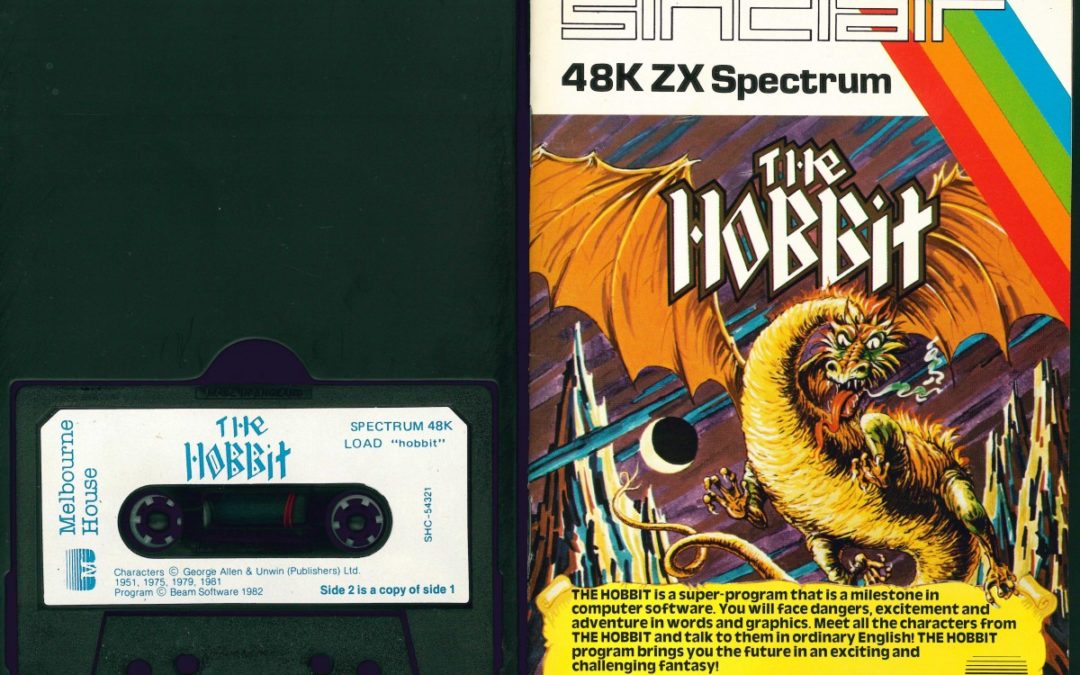
“The Hobbit” was one of the first major games produced in Australia, and is considered a classic text adventure. In 1985, it was voted number 1 in Sinclair User’s ‘Top 50 Spectrum Software Classics’.
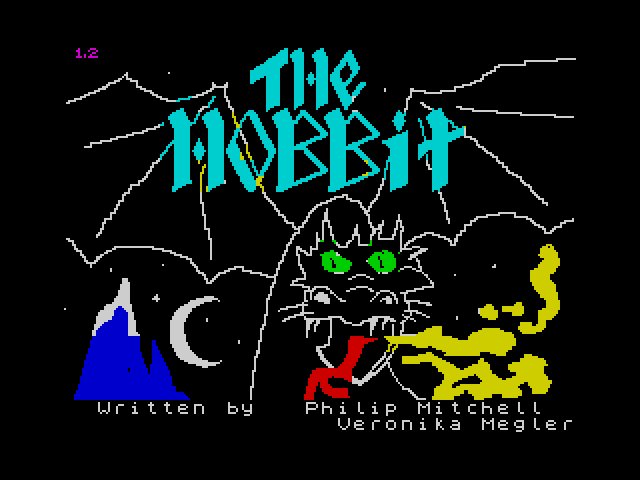
Veronika Megler worked at Beam Software when she was a computer science student in the early 1980s. She co-designed “The Hobbit” with Philip Mitchell. Megler was responsible for the creation of The Hobbit’s remarkable game world, alive with possibility and emergent events. A text world but one rich with with physics and populated by creatures and character all behaving autonomously.

“The Way of the Exploding Fist” was one of Beam Software’s best-selling games, and reached number one in Europe. It was one of the first ‘beat-‘em-up’ games for the home computer and the first multi-move beat em up. Jordan Mechner’s “Karateka”(1984) which came out just before “The Way of the Exploding Fist” was basically punch and kick. The game offered an unprecedented sixteen karate moves, which allows for strategic game playing and complexity.
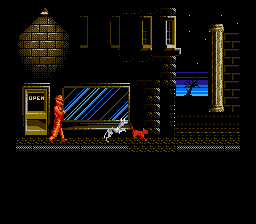
The genesis of Nightshade according to designer Pauli Kidd is that the higher-ups at Australia’s Beam Software wanted a “graphic adventure game that would be a whodunit” The game designed by Beam Software is described by GameSetWatch writer Todd Cioleyk as “offbeat superhero” a precursor to genre popularised in movies such as “The Tick or Mystery Men” (Cioleyk, 2007).
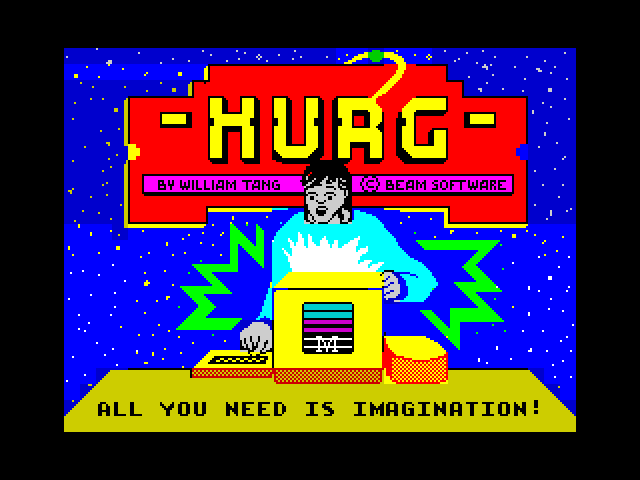
Best known as the author of the Horace games William Tang was Beam Software’s first employee. He was studying commerce and computer science at the University of Melbourne when Alfred Milgrom hired him in December 1980 to work during his University break. Bundled with the Sinclair ZXSpectrum Tang’s Horace games were often the first computer games a generation of people played.
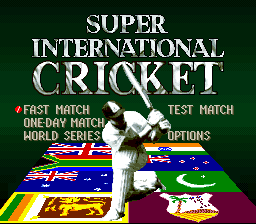
“It recreates cricket almost perfectly , whether that is good or bad depends if you like cricket or not. It’s an excellent sports sim but lacks any arcade style fun.” (“Super International Cricket Review”., Total! Magazine , Issue 43, July 95, pages 34-35).
This summary by UK games magazine Total! provides a sense of the challenge of making a cricket videogame.













